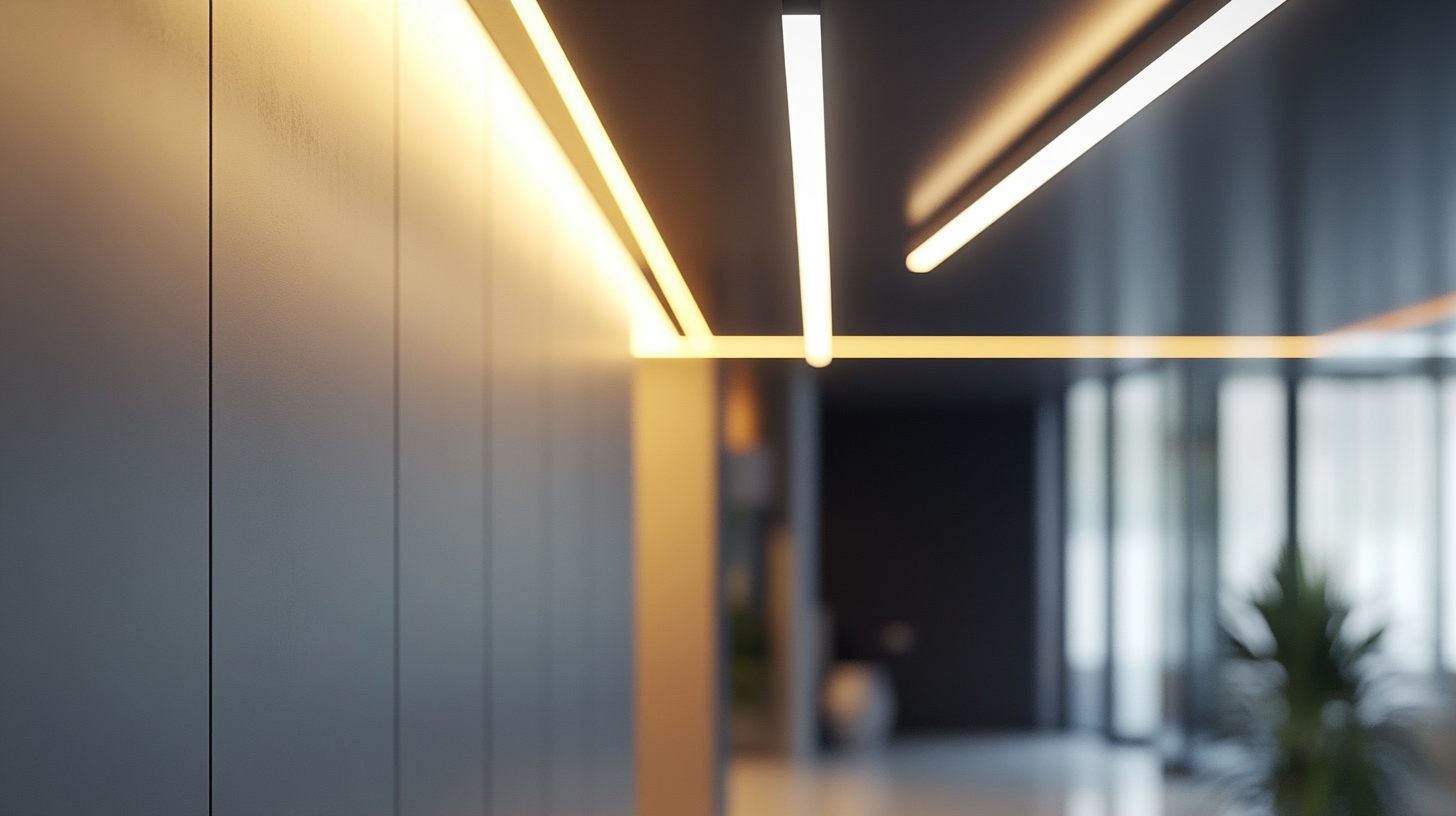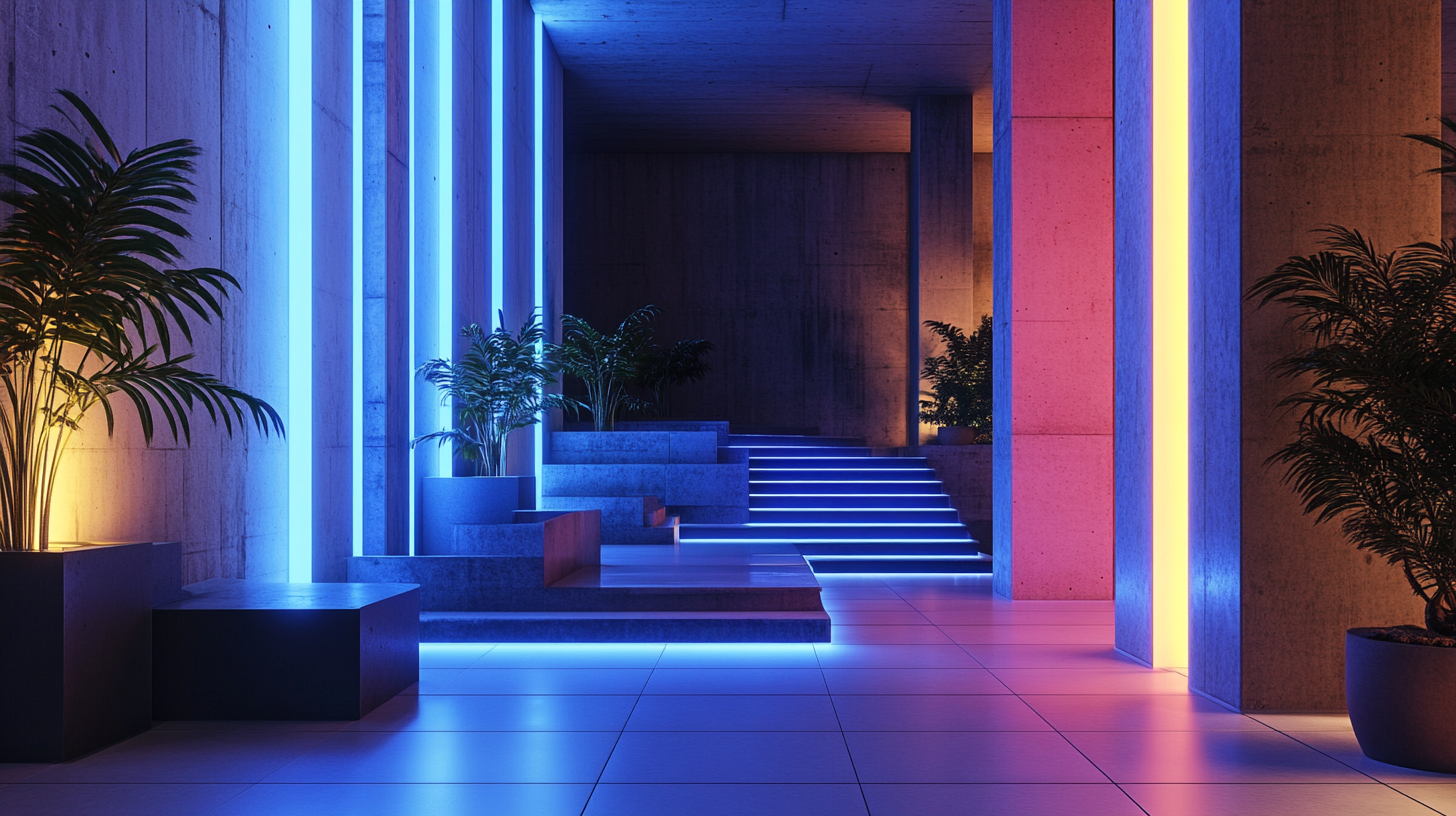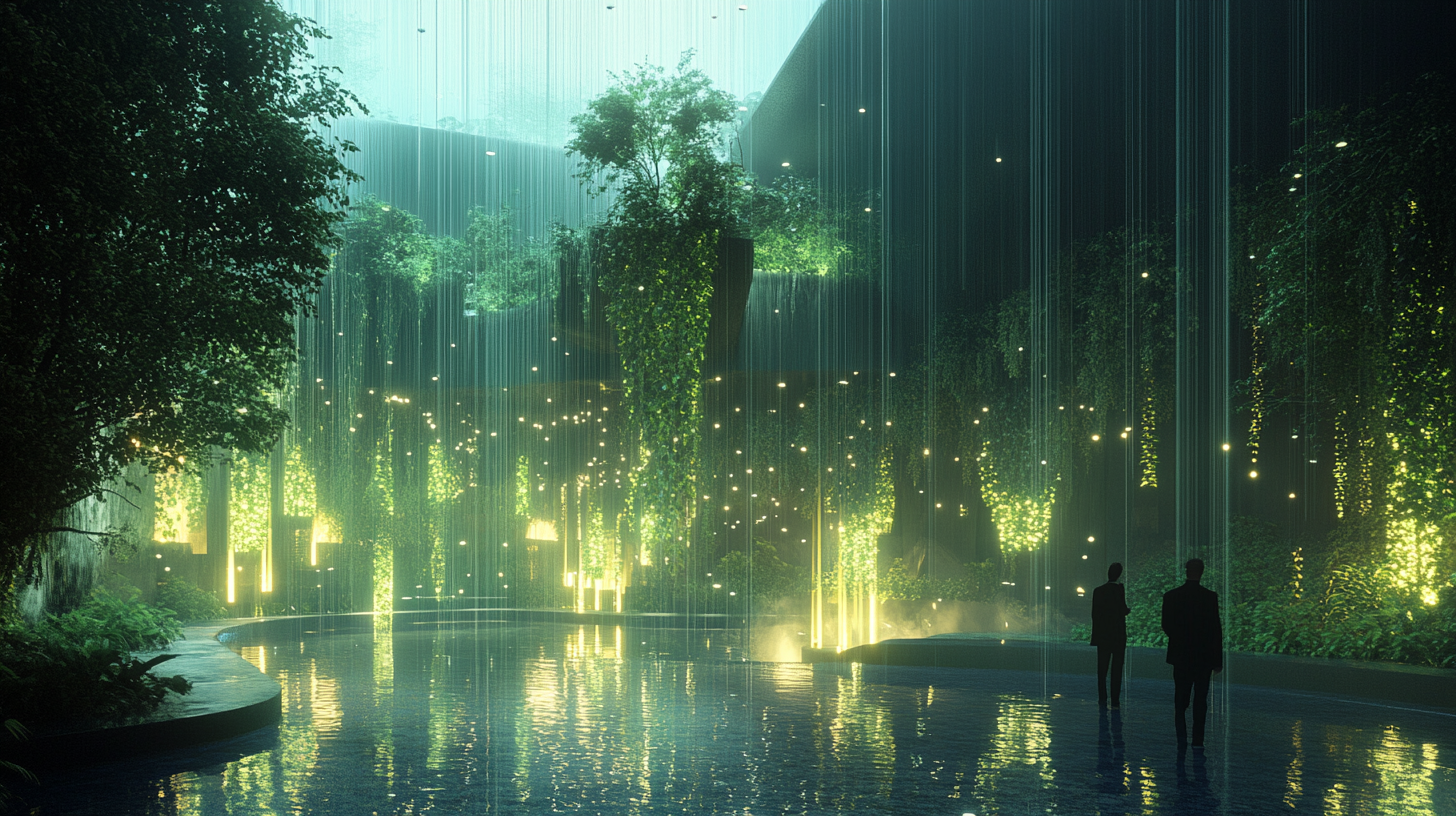Exploring Innovative Options Beyond Simply Led Lighting for Sustainable Illumination
In recent years, the world has seen a significant shift towards sustainable illumination solutions, as the demand for energy efficiency and environmental responsibility grows. Traditional lighting methods, including "Simply LED Lighting," have gained popularity due to their lower energy consumption and longer lifespan. According to a report by the International Energy Agency (IEA), LED lighting options are projected to account for 65% of the global lighting market by 2025. However, even with these advancements, there remains a pressing need to investigate alternative and innovative lighting solutions that can further optimize energy use and reduce ecological footprints.
Beyond "Simply LED Lighting," innovative options such as organic light-emitting diodes (OLEDs), solar-powered illumination, and smart lighting technologies present exciting opportunities for enhancing sustainability in lighting design. The Global Sustainability Lighting Market report suggests that the market for smart lighting is anticipated to reach $90 billion by 2025, showcasing the growing importance of integrating technology with sustainability. By exploring these pioneering alternatives, we can move towards a more sustainable future and unlock potential benefits that extend beyond energy efficiency, including improved user experience and reduced maintenance costs.

Innovative Alternatives to LED Lighting for Sustainable Illumination
The pursuit of sustainable illumination has led to the exploration of various innovative alternatives to LED lighting. While LED technology is widely lauded for its energy efficiency and longevity, it is essential to consider other options that may further enhance sustainability in the lighting industry. According to a report from the International Energy Agency (IEA), lighting accounts for about 15% of global electricity consumption. This highlights the significant impact that innovative lighting solutions can have on energy usage and greenhouse gas emissions. One compelling alternative is organic light-emitting diodes (OLEDs). Unlike traditional LEDs, OLEDs are made from organic compounds, making them potentially more eco-friendly. These devices not only produce light through a different mechanism but also offer the advantage of being flexible and lightweight, opening new design possibilities. A study from the National Renewable Energy Laboratory (NREL) indicates that OLEDs could be integrated into various surfaces, leading to ambient lighting scenarios that utilize less energy compared to conventional options. Another promising avenue is the use of bioluminescent materials derived from living organisms. Research published in the journal "Nature" illustrates that certain algae and bacteria can emit light, prompting scientists to explore how these natural sources can be harnessed for sustainable lighting solutions. With the potential to drastically reduce the carbon footprint, bioluminescence could revolutionize how we think about illumination in urban spaces and beyond. In conclusion, while LED technology remains a vital component of modern lighting, exploring alternatives such as OLEDs and bioluminescent options presents exciting opportunities for enhancing sustainability in illumination. As the demand for energy-efficient solutions grows, the lighting industry must remain open to innovative technologies that can contribute to a greener future.

The Role of Solar-Powered Solutions in Modern Lighting
The Role of Solar-Powered Solutions in Modern Lighting
Solar-powered lighting solutions have gained momentum in recent years as a vital alternative to conventional illumination methods. With the increasing demand for sustainable energy sources, solar technology provides an eco-friendly and efficient option for fulfilling our lighting needs. By harnessing the power of the sun, solar lights significantly reduce reliance on electricity from fossil fuels, promoting a greener future while also lowering energy costs for homeowners and businesses alike.
In urban areas, solar-powered streetlights are transforming public spaces, facilitating safer nighttime environments while minimizing carbon footprints. These lights often come equipped with smart technology, allowing them to adapt to real-time conditions, such as dimming when no movement is detected. This not only conserves energy but also prolongs the lifespan of the lighting system. Furthermore, solar solutions can be implemented in remote locations where extending electrical infrastructure is impractical, ensuring that even the most isolated communities can benefit from reliable lighting.
Beyond practicality, solar-powered lighting solutions open the door to innovative design opportunities. With advancements in solar technology, aesthetic options abound, allowing for creative installations that enhance both functionality and visual appeal. From decorative garden lights to artistic street installations, solar-powered lighting is not just a practical choice, but a canvas for artistic expression that harmonizes with the surrounding environment. Thus, as we look towards the future, the integration of solar-powered solutions in modern lighting signifies a promising step towards achieving sustainability while simultaneously enriching our living spaces.

Harnessing Bioluminescence: Nature's Answer to Sustainable Light
Bioluminescence offers an exciting frontier in sustainable lighting solutions that could dramatically reshape urban landscapes. With cities becoming increasingly aware of their carbon footprints, harnessing the natural glow of microorganisms is emerging as a viable alternative to traditional LED lighting. Scientists recently announced significant progress in creating bioluminescent plants capable of producing visible light, a breakthrough that could lead to eco-friendly illumination in residential and public spaces alike.
In a pioneering project, a French city has begun trialing bioluminescent microorganisms for urban lighting, a novel approach intended to reduce energy consumption while enhancing aesthetic appeal. The use of bioluminescent algae, which thrive in various environments, holds particular promise for future urban architecture, potentially allowing entire streetlights to be alive with light. A report suggests that integrating these living elements into metropolitan areas could significantly lower energy requirements, as bioluminescent organisms require minimal maintenance and operate efficiently without electricity.
Moreover, developments in bioluminescent protein engineering are paving the way for advanced applications, from deep tissue imaging in medicine to potential public art installations. Research has indicated that leveraging the natural luminescence of organisms—from fireflies to deep-sea creatures—can provide innovative solutions that not only beautify urban environments but also align with sustainability goals. As cities look for alternative light sources to create living, dynamic spaces, bioluminescence stands out as a beacon of ecological harmony, merging nature with modern design.

Exploring Energy-Efficient Technologies Beyond Conventional Options
In the quest for sustainable illumination, it's essential to explore energy-efficient technologies that extend beyond conventional lighting solutions. Traditional LED lighting has made significant strides in reducing energy consumption, but as the global energy landscape shifts, it's imperative to look at other innovative options. One promising avenue is the integration of hydrogen energy systems, which have gained attention for their potential to revolutionize energy production and consumption. By leveraging hydrogen as a clean fuel source, we can not only reduce greenhouse gas emissions but also create a more resilient energy framework that addresses pressing climate challenges.
Recent developments in sustainable energy transition emphasize the need for renewable and low-carbon grid electricity generation. This includes advancements in microelectronics, as demonstrated by Sandia Labs’ new research center focused on integrated nanotechnologies. The center aims to foster innovation that reinforces energy efficiency and sustainability across various sectors. By investing in these new technological trends, we can discover alternatives to fossil-fuel-dependent systems, ultimately leading to a greener future.
Moreover, as we navigate these changes, it is vital to promote smart growth and housing strategies that prioritize energy efficiency. Sustainable infrastructure and intelligent urban planning can significantly reduce energy demands, complementing the innovative technologies we embrace. By focusing on these interconnected aspects, we can pave the way for a comprehensive approach to energy-efficient technologies, moving beyond traditional solutions towards a sustainable future for all.
Integrating Smart Lighting Systems for Enhanced Sustainability and Efficiency
In the quest for sustainable illumination, integrating smart lighting systems has emerged as a transformative approach that goes beyond conventional LED lighting. These innovative systems utilize advanced technologies, such as sensors and IoT connectivity, to dynamically adjust lighting based on real-time conditions. For instance, smart lighting can automatically dim or brighten depending on the presence of natural light or pedestrian activity, significantly reducing energy consumption while still providing adequate visibility.
Moreover, the ability to monitor and control lighting remotely further enhances efficiency. Property managers and homeowners can leverage smartphone applications to manage their lighting systems, optimizing usage patterns and reducing waste. Features like scheduling and automated controls ensure that lights are only on when needed, contributing to lower electricity bills and a smaller carbon footprint. Additionally, integrating renewable energy sources, such as solar panels, with smart lighting creates a holistic solution for sustainable living, allowing facilities to become more self-sufficient.
The integration of smart lighting systems not only improves energy efficiency but also enhances user experience. With customizable settings, users can create the perfect ambiance for any occasion, adapting the lighting to their needs while supporting eco-friendly practices. As more individuals and organizations recognize the importance of sustainability, the shift towards intelligent lighting solutions will likely grow, paving the way for a greener future in urban and rural environments alike.

